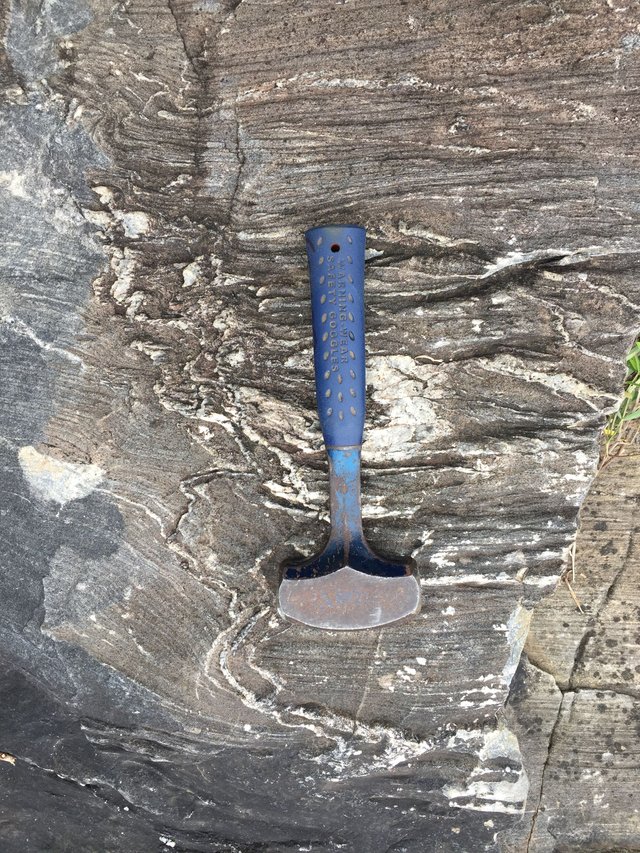MY ADVENTURE AT IGARA, UFA MOUNTAIN AND ITS MYSTERIES #Geologist Day1
The study area here in igara lies within the Guinea Savannah vegetation, characterized by short trees and tall grasses. The vegetation here is prominently made up of sparsely distributed trees, herbs, shrubs, and grasses.
The trees (mango and peer ) help check the activities of erosion. Trees in this area are mostly concentrated along fracture zones within the plutonic.
The climatic condition of Igarra and its environs fall within the warm-horrid tropical climate region where the wet and dry seasons are noticed prominently in the area.

The mountain is as high as 392M above sea level.
The major occupation of the inhabitants of Igarra is mainly peasant farming and the major crops produced are yams, cassava and potatoes, and other cash crops.
All the farming activities are carried out in the valleys which are characterized by loamy soils and also within a region that has a high water table. There is local quarry of rocks such as marble, quartzites and granites for construction works by the inhabitants.
So my fellow adventurers /geologists /travellers or friends let's unravel the mysteries on the mountain, if you are just joining us, you can follow up the dairy.
Igarra and its environs comprises mainly of igneous, meta-sediment, and metamorphic rocks.The metamorphic rocks have undergone at least two metamorphic episodes that resulted in two phases of folds. The metamorphic rocks are made up of different grades of Schists, Gneiss and Quartzites among others; this classes of meta-sediments.
Location 1
A body of granite with a dome shape was seen. These granites undergo physical weathering. Older granites were recognized by the dome shape and younger granite are seen like hummocky indicating that erosion has taken place overtime exposing deep seated granite bodies. This shows the last phase of pan African orogeny. The basement rocks are believed to be the results of at least four major orogenic cycles of deformation, metamorphism and remobilization corresponding to the Liberian (2,700ma), the Eburnian (2,000ma) and the pan African cycles (600ma). The host rocks are mainly schist which have been intruded by high temperature magma called xenoliths. The xenoliths are fine grained while the granite has euhedral shape. The minerals include feldspar, quartz and biotite. It has quartz veins caused by fracture and magma intrusion which has pinch and swell structure showing that at the time it formed, it was plastic.

Biotite Granite with Xenoliths. Xenoliths are pieces of unmelted host rock that fell into the magma before the crystallization of the magma. The temperature of the magma was not high enough to melt these rock fragments; hence they are seen as dark bodies of different mineralogy in the Biotite Granite. The Xenoliths vary in size from one point to another in the outcrop, ranging from as small as 5cm to 30cm and larger. The xenoliths are Schists, from the Schist host rock that was intruded by the Granitic body.


The experience just began!!!